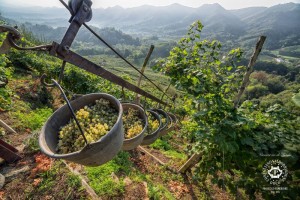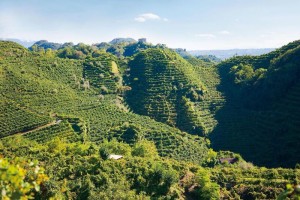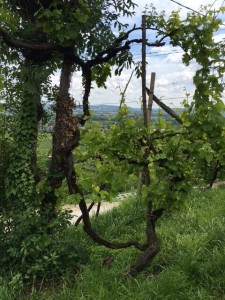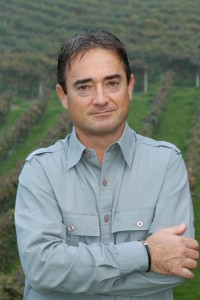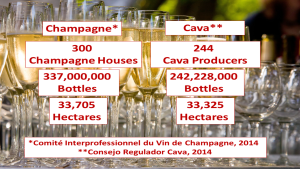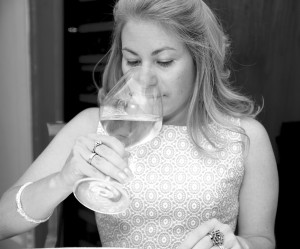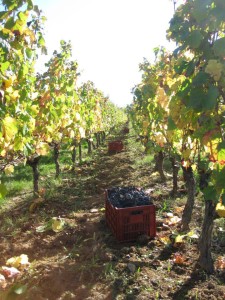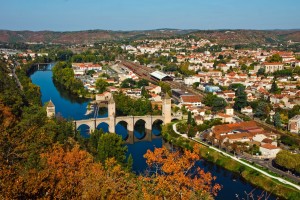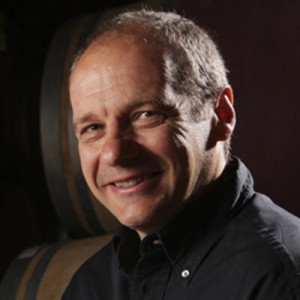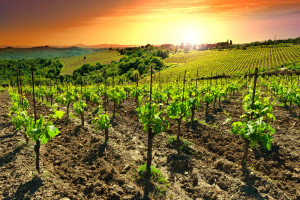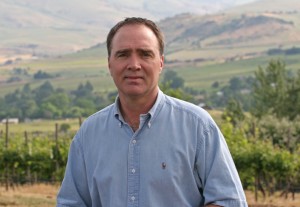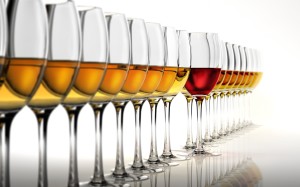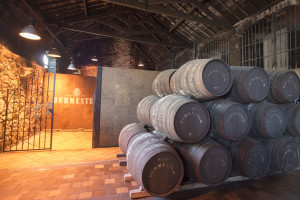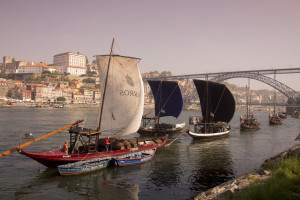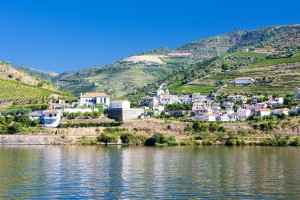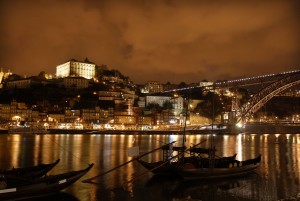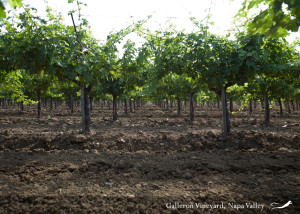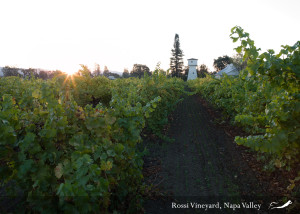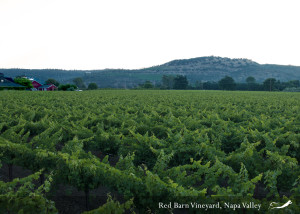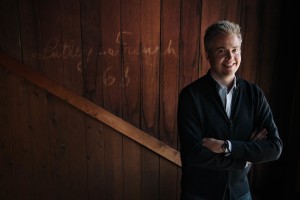Today we have a Conference Preview on a session to be presented by Alan Tardi. Alan’s session is entitled “Diamonds in the Rough: The Many Facets of Conegliano Valdobbiadene Prosecco DOCG”
Prosecco is enjoying an incredible boom in popularity throughout the world, a meteoric rise that has not yet reached its peak. But most consumers—and even many wine professionals—have no idea what it really is.
Most people think of Prosecco as a ‘simple’ (as in without much character), pleasant, easily quaffable, inexpensive alternative to Champagne. And it is—but there is much more to this quintessentially Italian sparkler than that.
First of all (unlike Champagne) there is not just one Prosecco appellation but three: two of them—Prosecco DOC and Asolo Prosecco DOCG—were created in 2010 at the same time that the classic area of Prosecco production was upgraded from DOC to DOCG and renamed Conegliano Valdobbiadene Prosecco after its two principal towns. Needless to say, the new name throws a big obstacle before most consumers who are simply looking for a nice bottle of bubbly, and the multiple appellations yet another. But the confusion (which many retailers are not adequately equipped to clarify for their customers) obscures a critical fact: there is an enormous, fundamental distinction between DOC and DOCG that has to do with the growing area.
The new DOC covers an extensive area encompassing two regions (Veneto and Friuli), nine provinces, and 556 towns, and much of it is in flat areas that can be mechanically worked, all of which provides much higher yields at a much lower cost. On the other hand, the tiny Conegliano Valdobbiadene area—consisting of 15 small municipalities—is completely up in the hills, many of which are so steep they are difficult to stand up in, and accessible only on foot.
The Dolomite Mountains located right behind Conegliano Valdobbiadene form a protective barrier from harsh northern temperatures while the Piave River valley in front of it stretches south to Venice and the Adriatic Sea, creating a unique combination of continental and Mediterranean climates. Moreover, due to complex geologic events, there are numerous different soil types and microclimates within this small area.
The time required to work the vines in this area is extremely high—more than four times higher than in the valley—and most of it is done by thousands of independent farmers tending tiny family plots who supply grapes to the 183 wineries. Over the centuries, these farmers have handcrafted the vineyards to the contours of this dramatic and complex landscape, creating a unique synergy between humans and nature. It is not unusual to find old vines (many over 100 years old) here, and besides the predominant Glera (formerly known as Prosecco) it is also possible to find indigenous varieties such as Verdiso, Perera and Bianchetta Trevigiana.
But this is just the beginning.
Though most Prosecco is made in an autoclave—a technique that was perfected in the late 1800s at Italy’s oldest enology school in Conegliano—not all of it is. The autoclave was not really diffused throughout the area until the post-war resurgence of the1950s and ’60s. Before that, winemakers made still wine, albeit with a natural tendency to re-ferment in bottle (like in Champagne).
While spumante made in autoclaves accounts for nearly 95% of the Prosecco on the market today, many producers continue to make both still Prosecco (known as “tranquillo”) and sparkling wines with second fermentation in bottle in the traditional method leaving the sediment is left inside (“Col Fondo”). Other producers are also experimenting with the Classic Method of second fermentation in bottle with disgorgement.
Finally, though Prosecco has developed the reputation of being a wine that should be consumed as young and fresh as possible, preferably within one year of the vintage, this is not necessarily always the case.
There is much more to Prosecco than meets the eye, and new developments are continuing to taking place as producers search for new (or old) and better ways to express their unique terroir and long winemaking tradition.
The session, “Diamonds in the Rough,” will offer a unique opportunity to explore many different and little known facets of Conegliano Valdobbiadene Prosecco through a lineup of unusual wines, many of which are not currently available in the US. To begin with we will have the extremely rare opportunity to sample the four principal indigenous grape varieties of Prosecco side by side in still form. After that we will taste a Prosecco made from a single parcel located inside a Rive (a single village appellation); a Prosecco made from selected grapes of extremely old vines; an extra-brut classic method Prosecco from the famed Cartizze subzone, and another re-fermented in the traditional Col Fondo method. We will cap off this survey with a very special surprise demonstrating that Prosecco does not necessarily have to be drunk within a year.
All in all, this not-to-be-missed session will offer an enlightening glimpse into a fascinating region that is bound to change your opinion of the world’s most popular sparkling wine.
Alan Tardi, former NYC chef and restaurateur, has long worked as a freelance journalist authoring articles about wine and food for numerous publications including The New York Times, Wine & Spirits Magazine, The Wine Spectator, Decanter, Sommelier Journal and Food Arts. In 2003, Alan moved to the village of Castiglione Falletto in the heart of the Barolo region in Piedmont, Italy, where he spent years working in the surrounding vineyards and wineries through all phases of the growing and production process. In 2009, Alan began frequenting the Conegliano Valdobbiadene region. After developing a rapport with many local farmers and producers, as well as principals of the governing Consortium, Alan was named the first-ever US Ambassador of Conegliano Valdobbiadene in 2015. His book, Romancing the Vine: Life, Love and Transformation in the Vineyards of Barolo (St Martins Press, 2006) won a James Beard Award for Best Wine and Spirits Book of 2006. His new book on the other sparkling wine “Champagne, Uncorked” was published in late spring 2016.
Alan’s session “Diamonds in the Rough: The Many Facets of Conegliano Valdobbiadene Prosecco DOCG” will be presented on Friday, August 12, at 8:45 am as part of SWE’s 40th Annual Conference.
